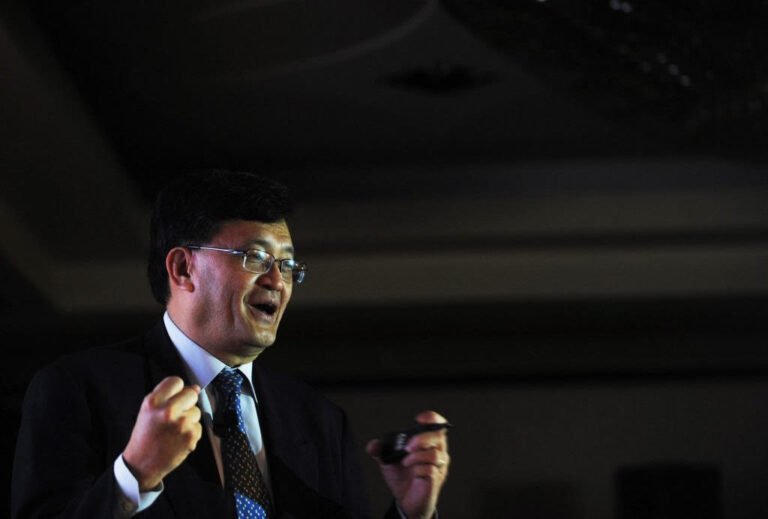Intel (INTC) is throwing down the gauntlet for its new CEO, Lip-Bu Tan, and the stakes couldn’t be higher. In…
Author: Brady Ziegler
Xiaohongshu: The “Little Red Book” That’s Writing a New Chapter in Social Media
As TikTok’s fate hangs in the balance, savvy social media users are turning to a vibrant new platform: Xiaohongshu. This…
The Quiet Generosity of Lesser-Known Billionaire Philanthropists
We are traditionally captivated by the wealth and influence of high-profile billionaires, it’s easy to overlook the quieter, more understated…
Stanley Druckenmiller Shifts Focus Amid Economic Concerns
When inflation surged two years ago, billionaire investor Stanley Druckenmiller predicted it would decline—a forecast he got right. However, his…
Behind Closed Doors: Trump and Dimon’s Secret Talks Shaping a Second Term Agenda
Dimon, for his part, has had a complicated relationship with Trump. Although he condemned the January 6th Capitol attack, he…
Jersey Mike’s CEO Joins the Billionaire’s Club After $8 Billion Deal with Blackstone
Cancro’s rise underscores the value of grit, determination, and an unwavering belief in one’s vision—proving that sometimes, all it takes…
Cash is King Again: Why Warren Buffett is Hoarding Billions Amid a Frothy Market
Buffett holds over $288 billion in U.S. Treasury Bills—a haven asset often favored in times of market uncertainty. While Wall…
Elwood Edwards, Iconic Voice of AOL’s “You’ve Got Mail,” Passes Away at 74
Elwood Edwards, the beloved voice behind America Online’s signature “You’ve got mail” greeting, has died at the age of 74.…
Nonprofits Take to the Skies: How Private Jets are Serving Philanthropy
Private jets aren’t just luxury tools for business or travel—they’re increasingly used in humanitarian efforts led by nonprofits across the…
Inside How TV and Global Charity Connections Made Entrepreneur Courtney Jordan a Billionaire
Entrepreneur Courtney Jordan in 2019 speaking at the Toronto Entrepreneurs Conference Courtney Jordan has sold his Digital Broadcast Network, The…










